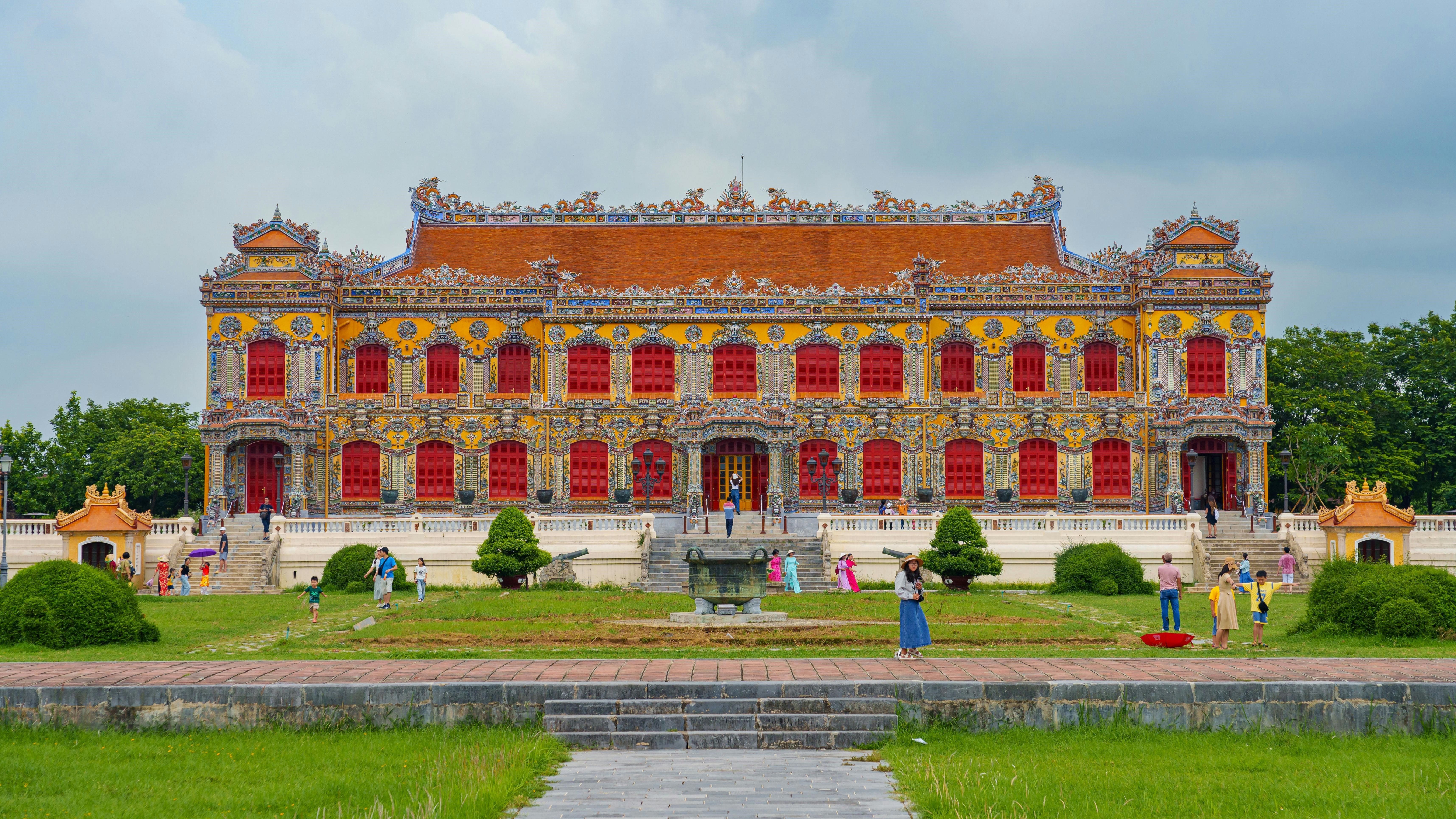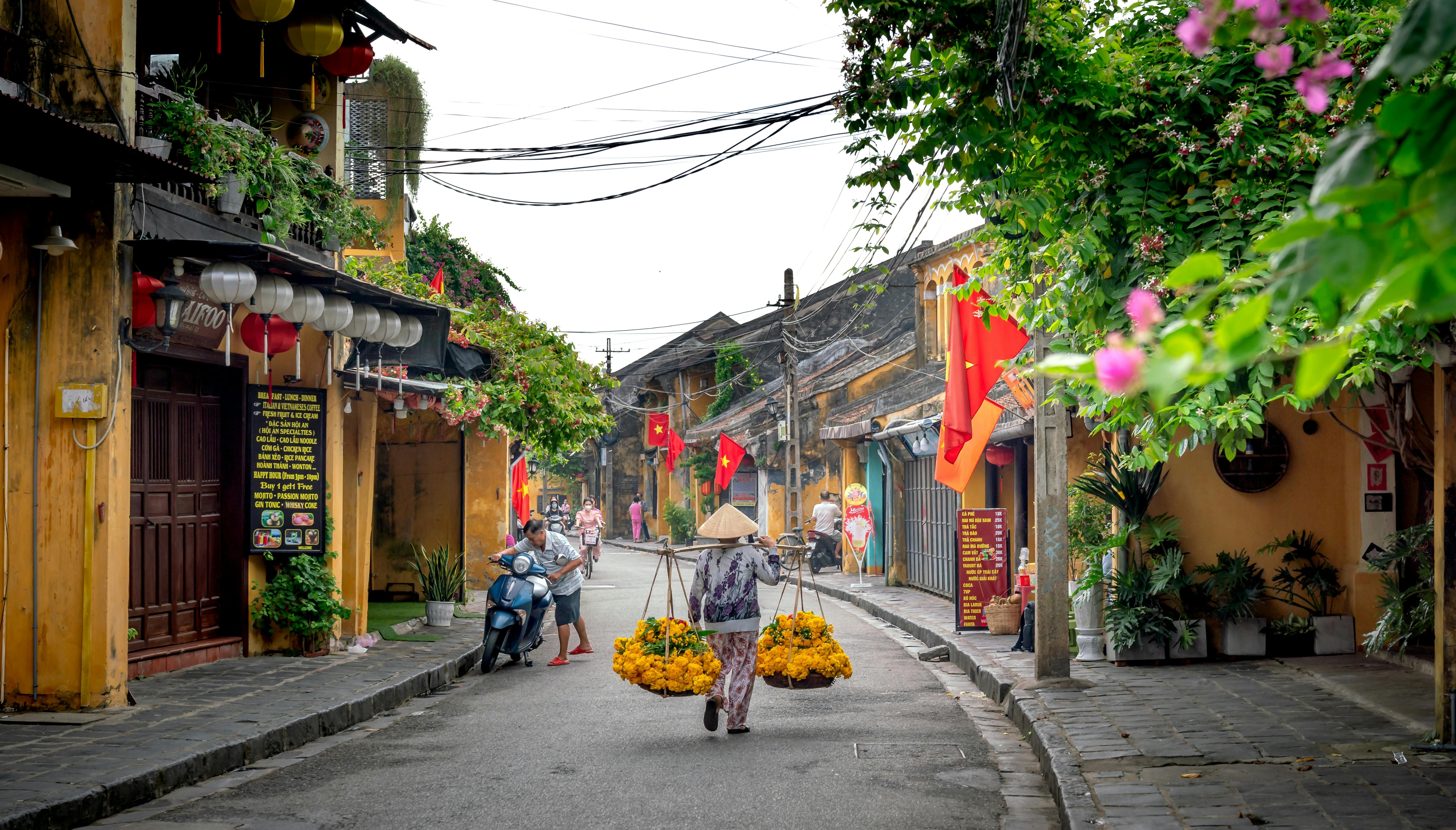
Cultural Cities: Comparing Hue's Imperial Past with Hoi An's Ancient Charm
Vietnam is home to a rich tapestry of cultural and historical sites, with Hue and Hoi An standing out as two of its most remarkable cities. Both Hue and Hoi An offer unique glimpses into Vietnam's past, each with its own distinct character and charm. Whether you're drawn to the grandeur of imperial dynasties or the quaint atmosphere of a riverside trading port, these cities provide unforgettable experiences. In addition to historical exploration, you'll also find distinct culinary delights and useful travel tips to enhance your visit.
Hue: The Imperial City

Hue, once the capital of Vietnam during the Nguyen Dynasty, is often referred to as the Imperial City. The city is renowned for its grand citadels, royal tombs, and pagodas, making it a haven for history buffs and cultural enthusiasts.
Imperial Citadel
The heart of Hue is its Imperial Citadel, a sprawling complex surrounded by fortified walls and a moat. This UNESCO World Heritage Site once served as the political, cultural, and religious center of the Nguyen Dynasty. Visitors can explore the Forbidden Purple City, palaces, temples, and the stunning Ngo Mon Gate.
Royal Tombs
Hue is also famous for its royal tombs, each uniquely designed to reflect the personality and reign of the emperor it commemorates. Among the most visited are the tombs of Emperor Minh Mang, Khai Dinh, and Tu Duc. These mausoleums, set amidst picturesque landscapes, showcase the intricate architecture and artistry of the era.
Perfume River
The Perfume River, winding through the city, adds to Hue's serene ambiance. A boat ride along the river, especially at sunset, offers a peaceful way to view the city's landmarks, including the iconic Thien Mu Pagoda.

Culinary Delights in Hue
Hue's cuisine is deeply rooted in its royal history. Be sure to try bun bo Hue (spicy beef noodle soup), banh khoai (crispy pancakes), and che (sweet soups). For a truly regal experience, dine at a traditional Hue restaurant where dishes are prepared with a focus on presentation, reflecting the city's royal past. You can also explore the Dong Ba Market, where street vendors serve authentic local dishes in a bustling environment.

Travel Tips for Hue
- Best Time to Visit: March to August is ideal for visiting Hue when the weather is warm and dry.
- Getting Around: Rent a bicycle or motorbike to explore the city at your own pace. The city is compact and easy to navigate.
- Accommodation: Stay in a boutique hotel along the Perfume River for stunning views and easy access to the city's attractions.
Hue is a sacred city in Vietnam, home to numerous mausoleums and tombs. When visiting, it’s important to respect the local culture. Here are some tips to help you.
Hoi An: The Ancient Town

Hoi An, a well-preserved ancient town, offers a different kind of historical experience. Once a bustling international trading port, Hoi An's charm lies in its narrow streets, traditional wooden houses, and vibrant lanterns.
Old Town
The Old Town of Hoi An is a UNESCO World Heritage Site, known for its mix of Japanese, Chinese, and European architecture. Strolling through its streets, you'll encounter ancient temples, assembly halls, and historic homes. The Japanese Covered Bridge, a symbol of Hoi An, is a must-visit, representing the town's rich multicultural history.
Lantern Festival
One of Hoi An's most magical experiences is its monthly Lantern Festival. During this time, the town transforms into a glowing wonderland as thousands of colorful lanterns light up the night. Visitors can participate by releasing lanterns on the Thu Bon River, a tradition believed to bring good luck.

Riverside Markets
Hoi An's riverside markets are bustling hubs where you can sample local delicacies, shop for souvenirs, and witness the daily lives of the locals. The night market is particularly vibrant, offering everything from handmade crafts to traditional foods.
Culinary Delights in Hoi An
Hoi An is a food lover's paradise. Don't miss out on trying cao lau (noodles with pork and greens), white rose dumplings, and banh mi Hoi An. The city's fusion cuisine reflects its history as a trading port. Take a cooking class to learn how to make these dishes yourself or join a food tour to taste the best street food the town has to offer.
Travel Tips for Hoi An
- Best Time to Visit: February to April is the best time to visit Hoi An, with mild weather and minimal rainfall.
- Getting Around: The Old Town is pedestrian-only, so walking is the best way to explore. Bicycles are also available for rent.
- Accommodation: Choose a riverside hotel or a historic boutique stay in the Old Town for a charming and immersive experience.
Which City to Visit?

Choosing between Hue and Hoi An depends on your interests. If you're captivated by imperial history and grand architecture, Hue's majestic tombs and citadels will enthrall you. On the other hand, if you prefer a more intimate and picturesque experience, Hoi An's ancient streets and lively lantern festivals offer a unique charm. Both cities are also renowned for their culinary offerings, each with distinct flavors and dishes that reflect their rich cultural heritage.
Hue and Hoi An are both cultural gems, each offering a unique window into Vietnam's past. Whether you choose the imperial grandeur of Hue or the quaint allure of Hoi An, you're sure to leave with unforgettable memories and a deeper appreciation for Vietnam's rich history, culture, and cuisine.
Enhance your Vietnam experience with a breathtaking Halong Bay tour. Click here for more imformation.